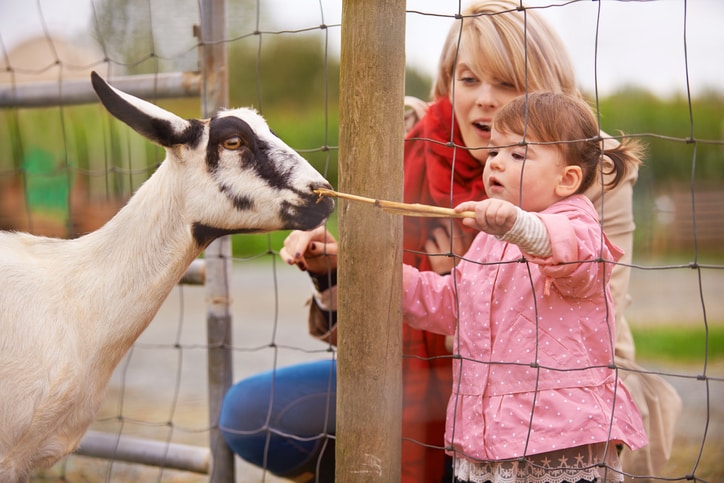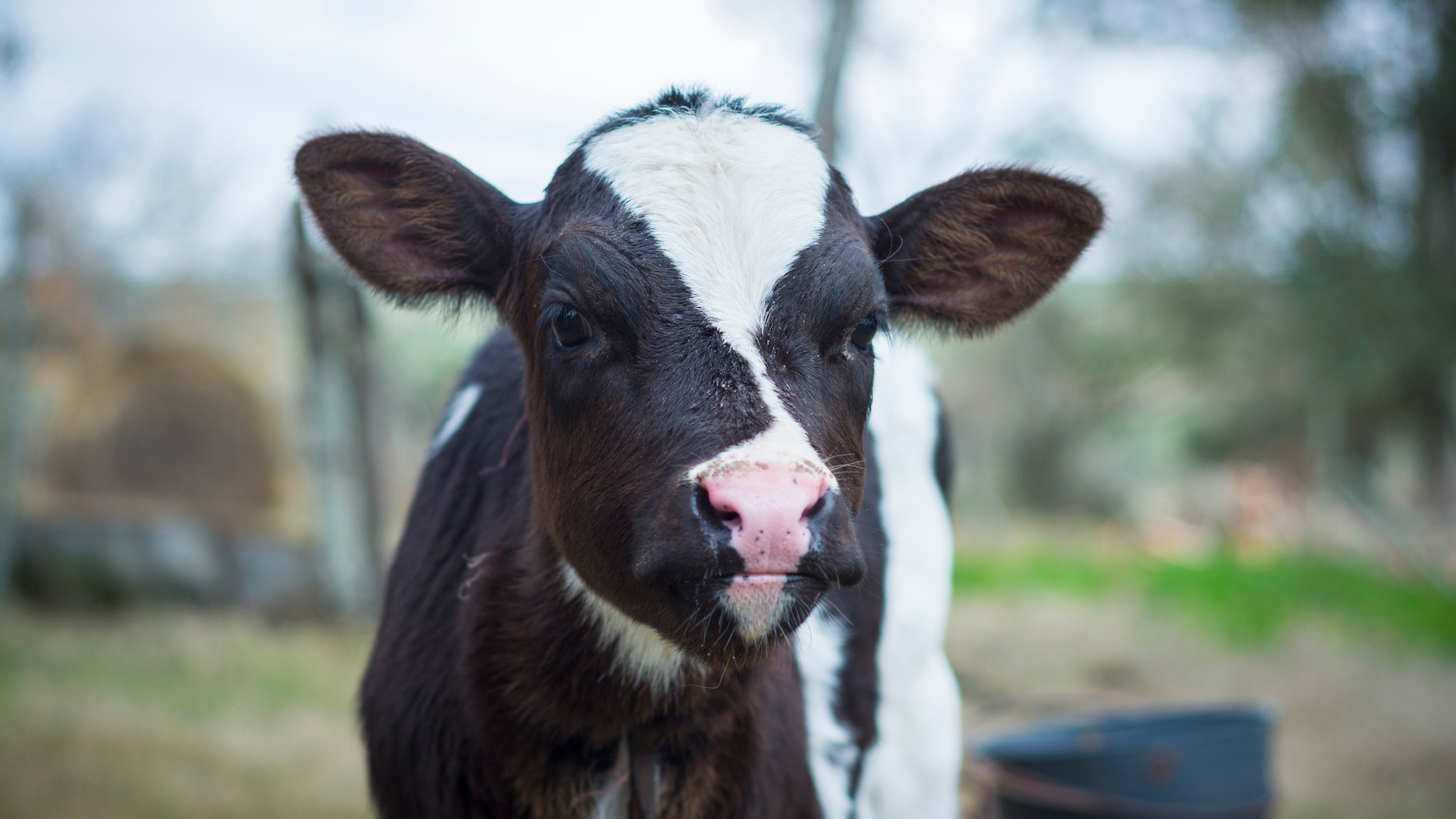What to know
- Animals can sometimes carry germs that can make people sick.
- Many people get sick after visiting animal exhibits. Common germs people get from animals at exhibits include E. coli, Cryptosporidium, and Salmonella.
- Design exhibits in ways that will help to prevent the spread of disease.

If you work at, manage, or design animal exhibits
Even healthy animals can carry germs that might make visitors sick. When designing an exhibit, you want to protect your animals and your visitors, while preserving the fun and education.
Design exhibits in ways that will help to prevent the spread of disease:
- Provide stations for handwashing at the exits of animal exhibits, including some that are low enough for children to reach.
- Educate staff and visitors on how to prevent illness after being around animals.
- Provide signs for guests on when and how to wash their hands, where they can eat, and areas for the animals. Use plain language and pictures.
- Keep dining and animal areas separate.
- Train staff and educate visitors on diseases animals may carry and how to prevent them.
- Teach staff about the risks of working around animals. Encourage them to talk to visitors about safety around animals, such as handwashing.
- Provide staff with resources on safety at animal exhibits, especially if staff includes veterinarians or healthcare providers.
Guidance to prevent diseases from animals in public settings
CDC works closely with the National Association of State Public Health Veterinarians (NASPHV) to create guidance and recommendations for visitors to animal exhibits as well as people who manage or design exhibits. The Compendium of Measures to Prevent Diseases Associated with Animals in Public Settings provides standardized recommendations for public health officials, veterinarians, animal venue operators, animal exhibitors, and others concerned with disease control and with minimizing risks associated with animals in public settings. NASPHV also provides a toolkit with examples of regulations on animal exhibitions, printable posters with messages on how to stay safe while enjoying animals, and a check list of petting zoo best practices.


